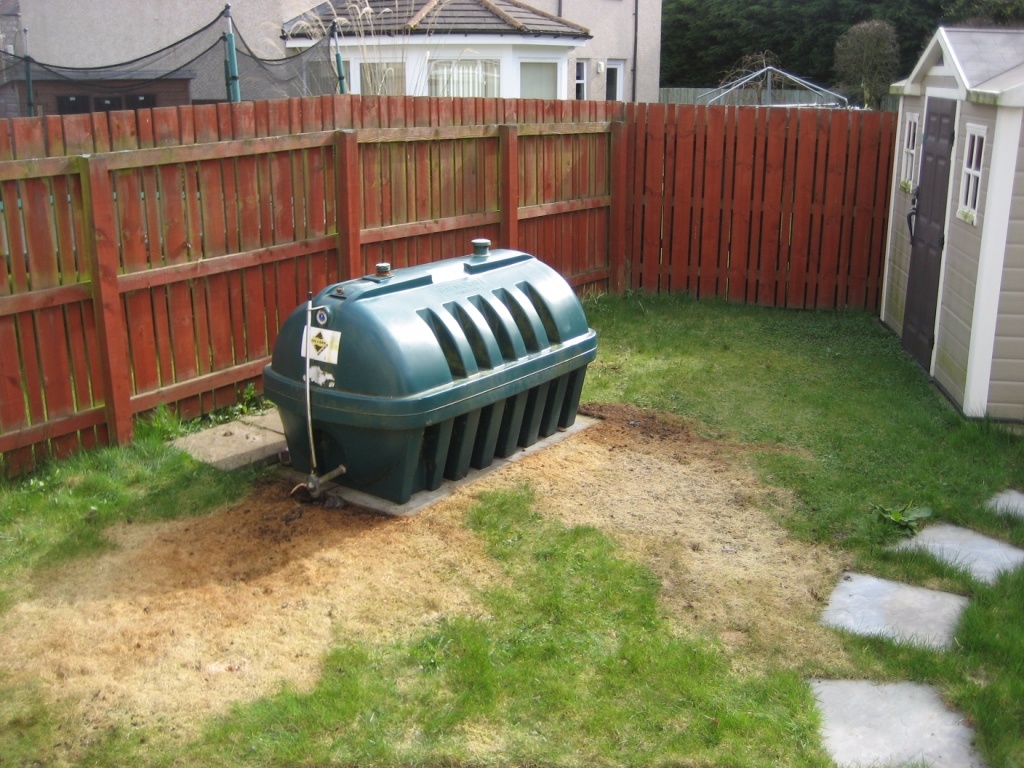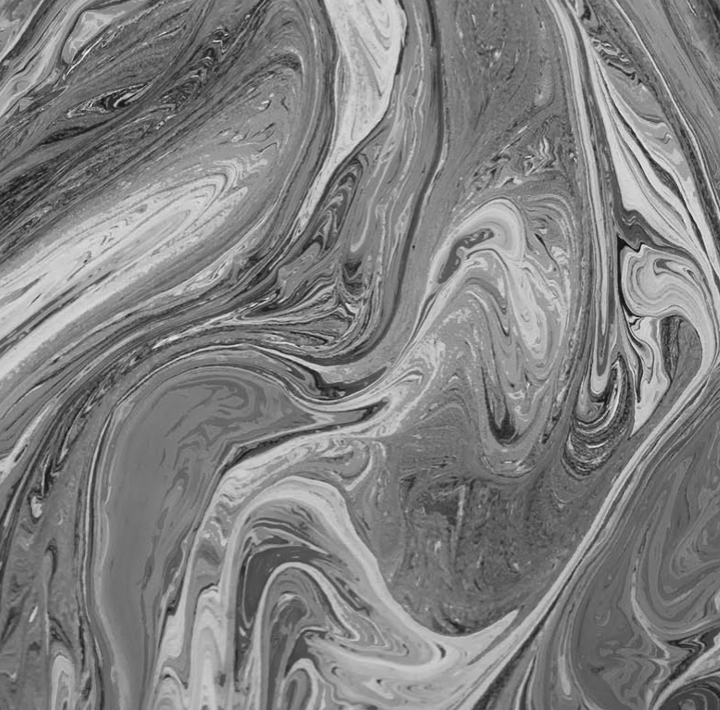Oil spills (or loss of oil, depending how you want to put it) can be expensive to clean and highly disruptive to home life. Performing a few checks of your oil fired heating system can you this hassle and give you piece of mind.
When inspecting the oil tank:
- Check the tanks surface for cracks. The cracks themselves may not be obvious, but the staining of the oil seeping out will be more noticeable. Dead vegetation is a good indicator of a possible leak;
- Look for damage with the potential to become a serious issue such as rust, dents or discolouration;
- The tank can react to hot and cold stress from seasonal changes. Inspect for irregularities such as bulges or depressions;
- Check the contents gauge is reading correctly by manual dipping the tank.

The oil feed lines:
- Look for signs of seepage at connection points;
- Check for damage along the feed line;
- If the feed line is exposed to the potential of damage from strong wind or being accidentally kicked protect it as best you can.

The boiler:
- Look for oil staining or oil collecting below the boiler;
- Check the connections between the unit and the oil feed line;
- On discovering strong odours emanating from the boiler aerate the room and call a specialist immediately;
- Regular servicing of the boiler is necessary. The burning of oil along with inadequate servicing can lead to the production of carbon monoxide.

For some useful advice on stopping an oil leak click here.
For more advice on oil tank maintenance follow this link.
For more advice on designing your tank bund follow this link.
2022
Visit our oil spill clean up guide
Here we present answers to lots of your questions about Oil Spill clean up. We also cover prevention, health and safety, clean-up, as well as response plans and spill response services.
CHECK IT OUT
![]()


